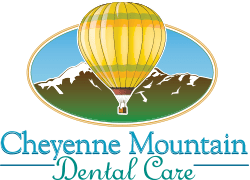
We all know to brush our teeth, but in order to have a healthy mouth, it’s necessary to brush the entire mouth. This means getting to the gums & tongue.
Fighting Gingivitis
Keeping gums healthy isn’t just the job of flossing or mouthwash, brushes play a role too. Brushing gums clears away larger food particles, which lets floss get into smaller areas that may have been obstructed. Brushing your gums also helps them keep their form by stimulating a proper amount of growth while simultaneously checking against gums moving too far down the tooth line. The best way to brush gums is at a slight angle & with light pressure. Brushing too hard can lead to bleeding, which in turn opens the mouth up to a greater risk of infection.
Fresher Breath
The tongue needs to be brushed too. Brushing the tongue clears away not only food but dead cells that accumulate on the tongue’s surface. The tongue is one of the most rapidly healing parts of the body & the dead cells from old taste buds, those replaced from overly hot food or just that spot you bit down on need to be kept clean. Again, brushing too hard can lead to irritation, so apply only a small amount of pressure. It isn’t necessary to brush too far back — causing yourself to gag isn’t pleasant & it can cause acid reflux, which over time can harm tooth enamel.
A quick brush of the tongue is one of the fastest & easiest ways to freshen up your breath too. Many toothbrushes are now designed with a rough surface on the opposite side of the bristles, which is designed to clean the tongue without harming it.
Making sure your whole mouth is clean is a key component to staying healthy overall & will leave you feeling fresh & clean. Talk to your dentist about the best brushing methods & what kind of toothbrush is best for you.
